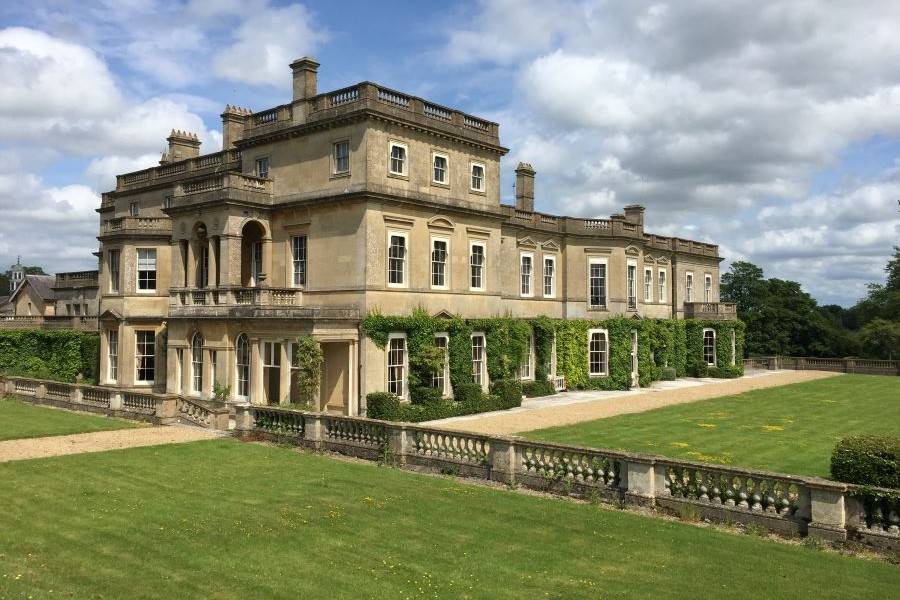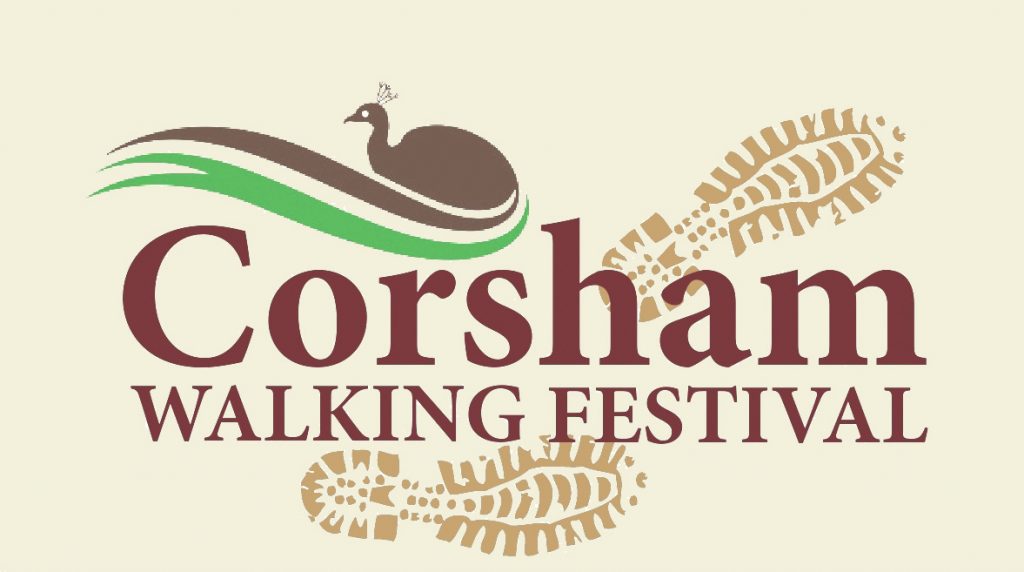Walk FRI 1 – Hartham Park and Weavern Wonders
Supported by The Sweetpea Kitchen at Hartham Park

An opportunity to learn a little history of Hartham Park Estate, the garden, and Stické Court before exploring the industrial past of the Weavern Valley.
Following a short talk about the origin of the house given by a Hartham Park enthusiast, there will be an opportunity to see the lovely old Stické Tennis Court building – one of only three remaining in the world.
Leaving Hartham Park, the circular walk then crosses private land to Pickwick with a steep descent to The Larches before climbing up Weavern Lane, following field tracks and quiet lanes to Biddestone, returning to the Sweetpea Café.
Please bring water and snacks.
- Meet: 10:00 at Sweetpea Kitchen at Hartham Park
- Distance: 6 miles
- Duration: 4.5 hours
- Grading: Moderate
- Price: £5
- Age: 12+
Please note that dogs (other than assistance dogs) are regrettably not permitted on walks.

